The digital uncanny and the art of Pat Brassington Photoshop is less than thirty years old and yet it has become synonymous with the digital editing of images. About fifteen years ago, classes in Photoshop replaced life drawing in some art schools and it was argued that drawing was old technology, while Photoshop belonged in the new toolbox as most images used in art were “snapped”, rather than drawn. In more recent years, there has been a student revolt in some art schools and many students have demanded that they be taught drawing, as Photoshop was a skill that they had already acquired back in secondary school, if not at primary school. Digital technologies have permeated all branches of the visual arts, so that in painting, drawing, printmaking, sculpture and photography an image, or an effect, is derived in Photoshop or is digitally enhanced. An implication of digital technologies is that an image no longer belongs to the realm of the hand, but it is something that is clicked. Another implication is that the digital erodes boundaries between the different art mediums and it has become a pointless exercise, for example, to decide if a digital print belongs to photography or to the realm of printmaking. One of the more fascinating implications of digital technology in photography is its ability to seamlessly splice unrelated elements into a new reality, which in turn has the facility to evoke the uncanny. For some artists, this has served as an invitation for a baroque exuberance in creating a fantasia land, for example Lieko Shiga, Marina Pinsky, Lucas Blalock and DIS; for others, it is quite a subtle transformation of the photographic image subverting its traditional assumed role as an accurate record of an existing reality or of a reality that once existed. Australia’s Pat Brassington (b 1942) was born in Hobart and studied both photography and printmaking at the Tasmanian School of Art, graduating with a Masters in Fine Arts in 1984. She was one of the original DARF (Digital Art Research Facility, Tasmanian School of Art), team which included, Bill Hart, Mary Scott, Geoff Parr*, Milan Milojevic, Troy Ruffles and Sarah Ryan. Here she perfected her technique of seamlessly combining scanned photographs to create images that dwell in the uncertain no man’s land where the real and the imagined collide, where fantasy seems to possess logic and authority and black humour and quirkiness are some of the most recognisable characteristics. One of the characteristics of her digital prints is what may be termed digital restraint. It is a form of ‘slow art’, where the eye rapidly skimming the surface of her works may not immediately perceive the subtle elements introduced by the editing software so that the real is no longer completely real and the image may be attractive and charming, while at the same time somewhat menacing. Informed by the broader traditions of surrealism, feminism and well versed in the writings of Sigmund Freud and psychoanalytical school, her digital prints, frequently designed as objects of desire, negotiate the slippery territory built on a tension between feelings of attraction and revulsion, delight and the abject, and the sense of the familiar and the disturbing exotic. In the past couple of decades, Brassington’s reputation has grown substantially, being included in the Australian Perspecta 1989 and the Sydney Biennale 2004 and was the subject of a major retrospective at the University of Melbourne’s Ian Potter Gallery in 2002, which was followed by an excellent monographic study by Anne Marsh. In 2017, Brassington has been included in major exhibitions in Adelaide, Berlin, MCA, Art Bank, Sydney and is the subject of a separate dedicated exhibition at the Art Gallery of New South Wales, Pat Brassington: The body electric. The uncanny is possibly the best mindset through which to approach Brassington’s art. She shares with the British film director Peter Greenaway an aesthetic where humour and reality share the space and emotional ambiguity is the order of the day. Brassington’s forms are polymorphic, sexuality and sexual organs can appear as unexpected orifices or strange protrusions, tufts of pubic hair seem to define part of a body only to be subverted by an unexpected anatomical inclusion. In compositional structure, the viewpoints are eccentric and the domestic interior settings, with patterned wallpaper, are strangely unsettling as is the juxtapositioning of interior and exterior spaces. It is as if we have been invited to witness the aftermath of some sort of ritual, the nature of which is never fully revealed. Truncated limbs, subversive pinks and female lingerie are all part of the repertoire of images that she introduces into her compositions as the literalness of the photographic image seduces the intellect, yet her digital interventions lie in wait, like hidden assassins, ready to upset our emotional equilibrium and the rational and literal reading of the digital print. Brassington’s art defies easy compartmentalisation – it may draw on the artist’s biography, but it is not autobiographical. The images possess a narrative, but it is not one that is easily deciphered or, for that matter, completely decipherable. They are deliberately enigmatic images, hauntingly memorable and deliberately disturbing. *Geoff Parr, Pat Brassington’s partner of many years, the former head of the Tasmanian School of Art and a very distinguished artist in his own right, died 6 January 2017. My heartfelt condolences to Pat and the family Pat Brassington, The body electric is on at the Art Gallery of New South Wales, 16 August 2017 - 11 February 2018
2 Comments
|
GRISHIN'S ART BLOG
Sasha Grishin AM, FAHA is the author of more than 25 books on art, including Australian Art: A History, and has served as the art critic for The Canberra Times for forty years. He is an Emeritus Professor at the Australian National University, Canberra; Guest Curator at the National Gallery of Victoria, Melbourne; and Honorary Principal Fellow, Faculty of Arts, at the University of Melbourne. Archives
September 2023
Categories
Keep up-to-date with Sasha Grishin's blog with the RSS feed.
RSS offers ease of access and ensures your privacy, as you do not need to subscribe with an email address. Click here to download a free feed reader |

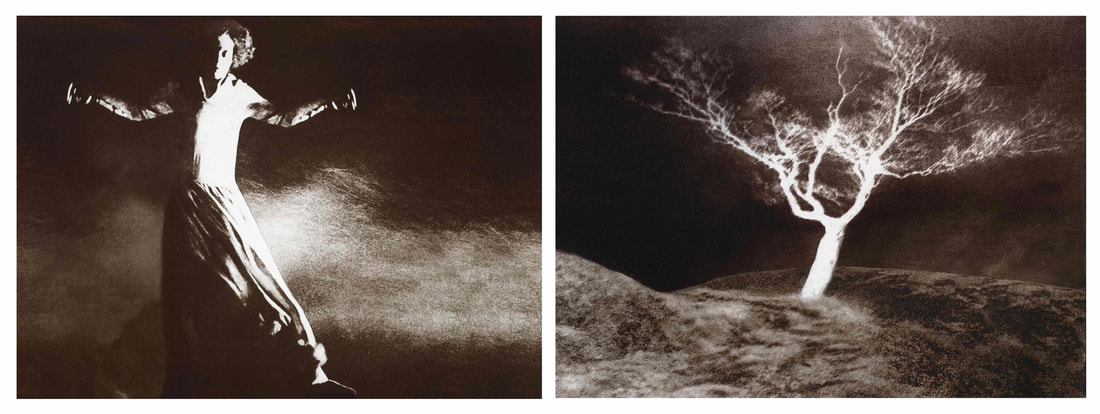
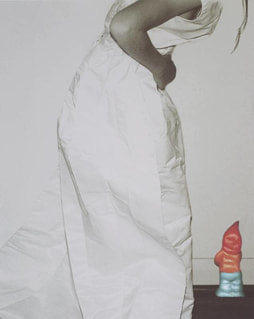
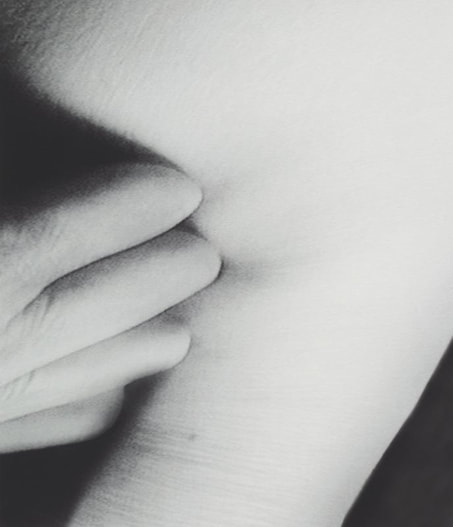
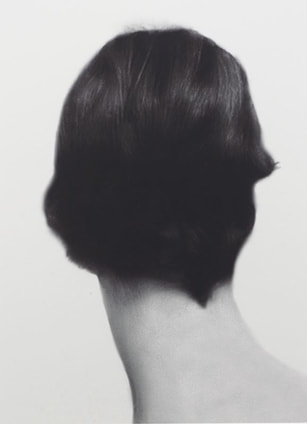
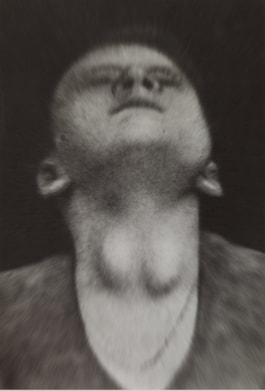
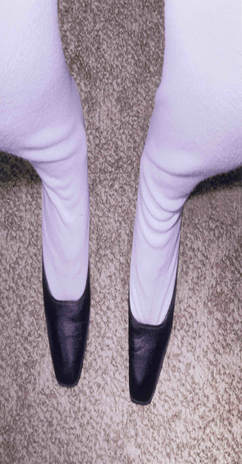
 RSS Feed
RSS Feed